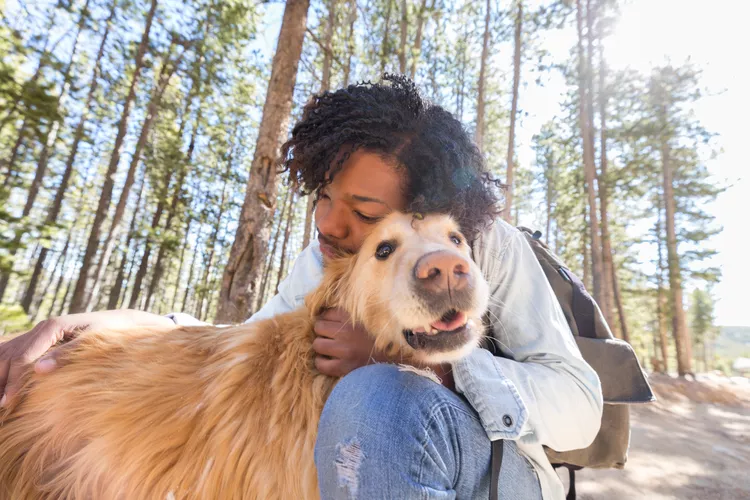
Pets are important parts of our families so it's no surprise that grief is often felt when they pass away. But sometimes the decision to end a pet's suffering is left to us to make and this can result in some guilty feelings. Knowing more about the process of putting a pet to sleep and how to cope with these feelings are an important part of the healing process.
While we often wish our pets would live forever, the reality is that just like people, pets are not immortal. They are subject to injury and disease and eventually pass on from this life either with or without the assistance of humans. Some animals have untreatable diseases, are unable to have a good quality of life, are in chronic pain, have organs that no longer function, or are injured beyond repair. These reasons and many more may warrant a discussion with your veterinarian about putting your pet to sleep to relieve suffering.
The most common method of putting a pet to sleep is through an overdose of an anesthetic agent. This drug is injected into the vein of an animal and the pet falls out of consciousness, is unable to feel anything, and its heart, lungs, and brain stop functioning. Usually pets are also sedated prior to this injection to relax them and help them hold still. Sedation may be administered in the muscle or the vein. Owners are often given the option to be with their pet during this procedure but they do not have to be. Other than the poke of the needle, this procedure is considered painless.
Sometimes a pet is already under anesthesia and the option to put a pet to sleep arises due to complications or untreatable conditions. The same type of injection is delivered in a pet that is already anesthetized so that the pet feels nothing.
The word euthanasia means "good death" and is used to describe the act of putting a pet to sleep. Pets that are suffering and no longer have a good quality of life are often given the gift of having their pain stop and preventing any more loss of their dignity. The fact that we are able to provide this type of relief for our pets is seen as a positive thing to most people and the manner in which it is done is very humane.
Occasionally, overrun animal shelters and other places and people will opt to put a healthy pet to sleep. This is often referred to as convenience euthanasia since there is no medical reason to put the pet to sleep. A lack of space, time, resources, and other reasons relating to the wants and needs of the animal and/or person cause the choice to be made. Convenience euthanasia is a controversial topic and one that some argue is not humane. Many veterinarians will even refuse to provide this type of procedure.
The majority of the time a pet is put to sleep for very good reasons. Your veterinarian can help you determine when the time may be right to put your pet to sleep if you feel it is suffering since sometimes putting it to sleep is the only way to relieve the pain.
It hurts to say goodbye but when you put a pet to sleep, you can find comfort in knowing it is no longer hurting. Guilt is often a normal emotion to feel when we have to make a tough decision though, especially if we aren't sure it is the right one. It's hard to make a life or death decision and not question whether or not we could have done something else to prevent the loss of our pet.
We need to remind ourselves during these times that we can't always predict the future so looking back and thinking we could have or should have done something differently to prevent this outcome isn't productive. Making ourselves feel guilty does not help the situation. The best thing we can do is to reflect and learn from our past experiences. It is unlikely that any decision we make for our pet is intentionally trying to hurt it so allowing ourselves to feel guilty for doing or not doing something is not fair. During these difficult times, it may even help to remind ourselves that we should love and forgive ourselves like our pets so often did. We can learn a lot about unconditional love from our pets and giving ourselves grace and understanding are good ways to honor our pet's memory.
If you need further guidance and help, it is important to remember that pet loss support groups and grief counselors are ready and willing to hold your hand through this emotional process. Do not be afraid to reach out for support.

212 Hairless Cat Names For Your Beautifully Bald Feline
Discover the perfect name for your hairless cat with our list of over 200 creative and unique names. From quirky to classic, find a fitting choice for your beautifully bald feline companion.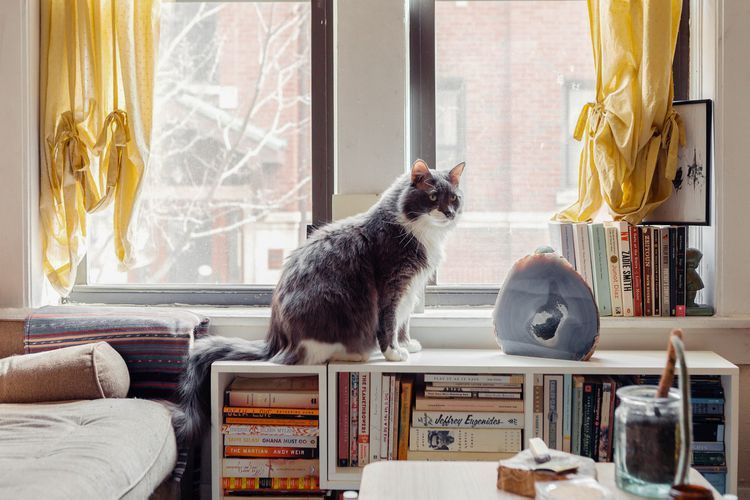
8 Things Your Cat Loves
Just like humans, cats can have a long list of things they like. Find out what cats love so you can keep your cat happy and healthy.
How to Tell If a Kitten is a Boy or a Girl
If you're wondering whether your new kitten is a boy or a girl, here are three ways to help determine the sex of your cat.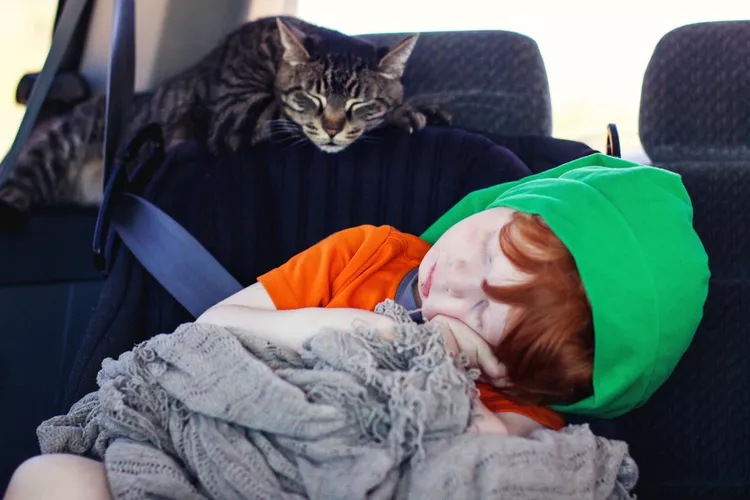
8 Tips to Help Cats Enjoy Car Travel
Cats are creatures of habit, and they hate to travel. Learn tips to prepare them for travel in the car, whether going to the vet or on vacation.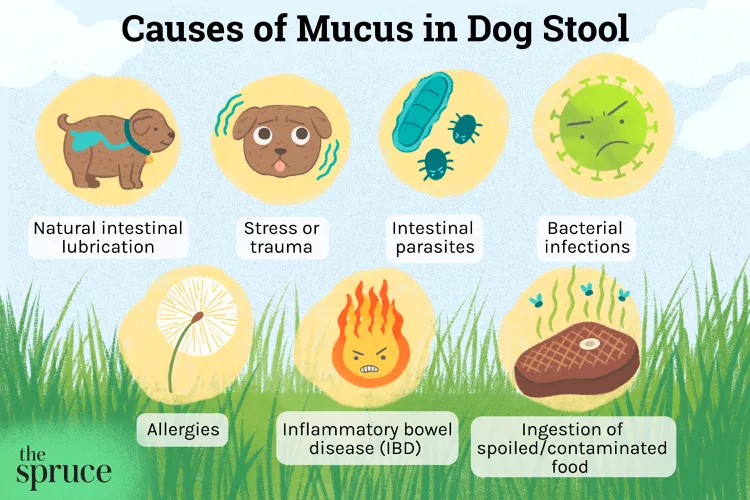
Common Causes of Mucus in Dog Poop
Seeing mucus in your dog's poop can be concerning to a dog owner. Here are common causes and treatment of mucus in a dog's stool.
Is Shrimp Bad For Dogs?
Shrimp can be a healthy, nutritional food for people but can dogs eat them, too? What are the main concerns with feeding shrimp to your dog?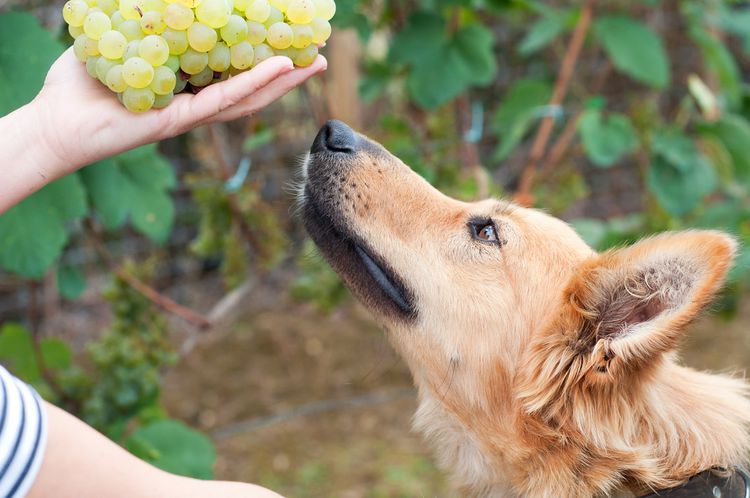
Can Dogs Eat Grapes?
Are grapes safe for dogs? Grapes and raisins can cause serious toxicity in dogs. Find out what to do if your dog eats grapes.
Maine Coon Cat: Breed Profile, Characteristics & Care
The Maine Coon cat is of the largest cat breeds in the world. These amiable, gentle cats make great companions. Learn about the Maine Coon cat breed's appearance, temperament, health, and care needs.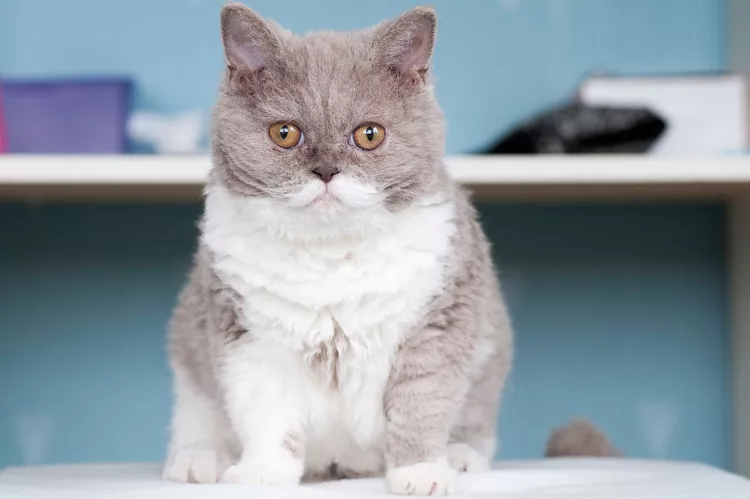
Selkirk Rex: Cat Breed Profile, Characteristics & Care
The Selkirk Rex is a charming cat with a tousled coat and a loving, laid-back personality. Learn about the Selkirk Rex breed.
How to Stop Your Cat From Chewing Electrical Cords
Cats are known to pounce and attack inanimate objects, like electrical cords. Learn how to prevent your cat from ambushing objects that may harm it.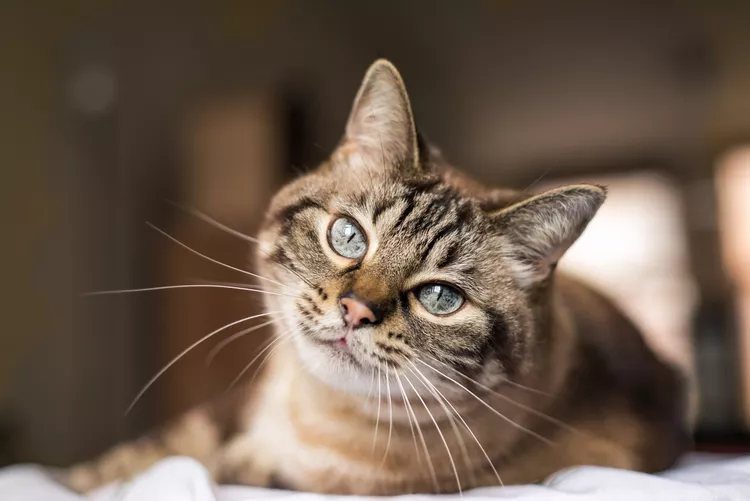
What Do Cats Think About?
Have you ever wondered what cats think about? A number of studies have explored cat behavior and feline cognition, but there's still more to learn.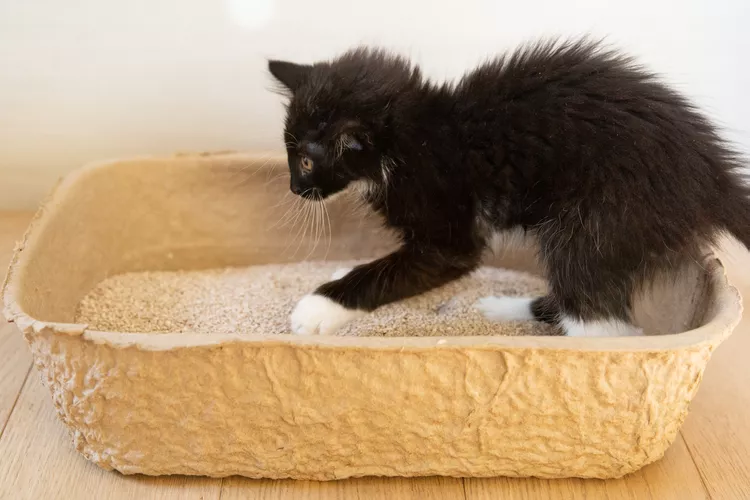
Training Your Kitten to Use the Litter Box
Bringing home a new kitten means they need to learn how to properly use a litter box. Discover how to successfully litter box train your kitten.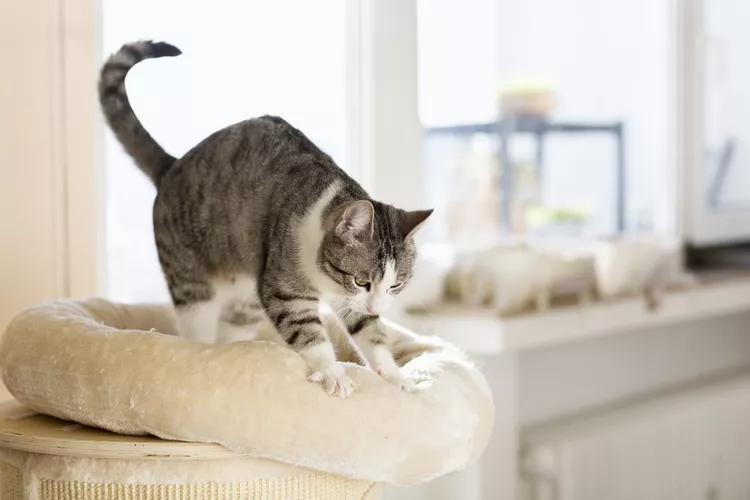
Why Do Cats Knead?
Kneading is a common behavior in cats of all ages. Learn why cats "make biscuits" and what it means for you, your cat, and all your blankets.
Dandie Dinmont Terrier: Dog Breed Characteristics & Care
Learn about the Dandie Dinmont Terrier, a silky dog breed with a signature puff of hair atop its head and a friendly, companionable personality.
Tibetan Mastiff: Dog Breed Characteristics & Care
Learn about the Tibetan mastiff, an ancient guardian dog breed. This breed is known for their massive stature, flowing mane, and protective personality.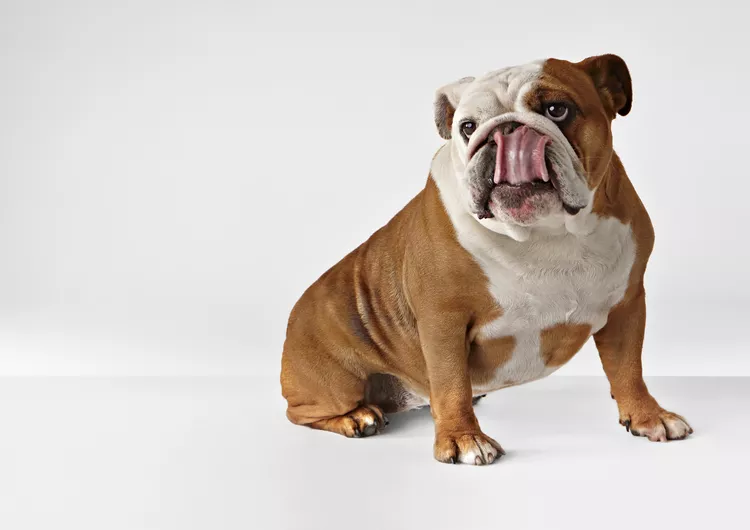
4 Reasons Why Your Dog Licks Their Butt
Butt-licking in dogs can be a part of normal grooming, but excessive butt-licking is not normal. Read about the most common reasons for this behavior.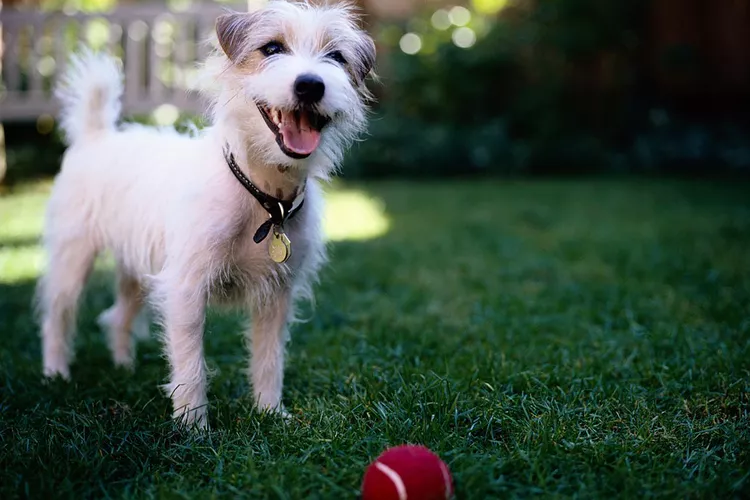
How to Teach Your Dog the "Leave It" Command
Training your dog the "leave it" command is a great way to instill self-control. Learn how to teach your dog to not pick things up from the ground.
How to Solve Your Dog's Fear of Car Rides
Is your dog scared of car rides? This fear of riding in cars is common. Learn why your dog is scared of car rides and how to help conquer this fear.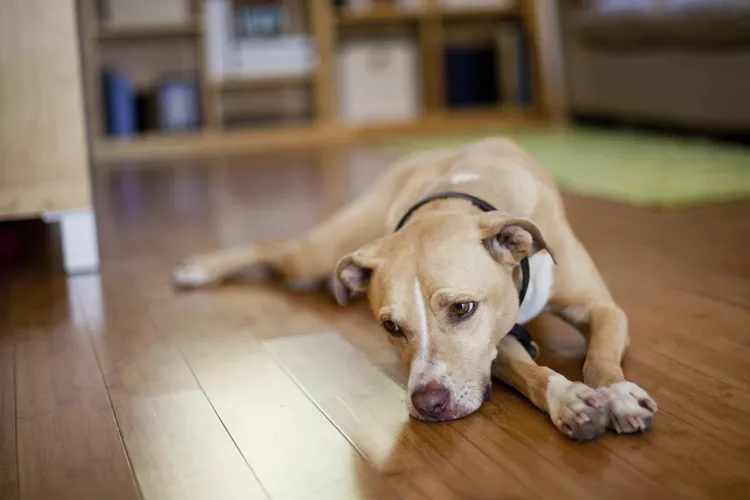
Can Dogs Get Depression? How to Help Your Sad Dog
Can dogs get depression? Learn about the signs of depression in dogs and find out how to help your sad dog.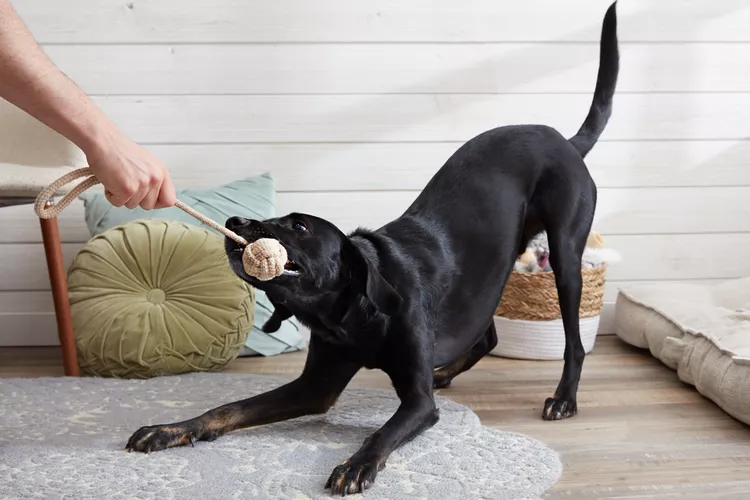
How to Play Tug of War With Your Dog
Many dogs love to play tug of war, and it's a healthy game that provides great exercise. Learn the best way to safely play tug of war with your dog.